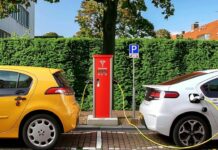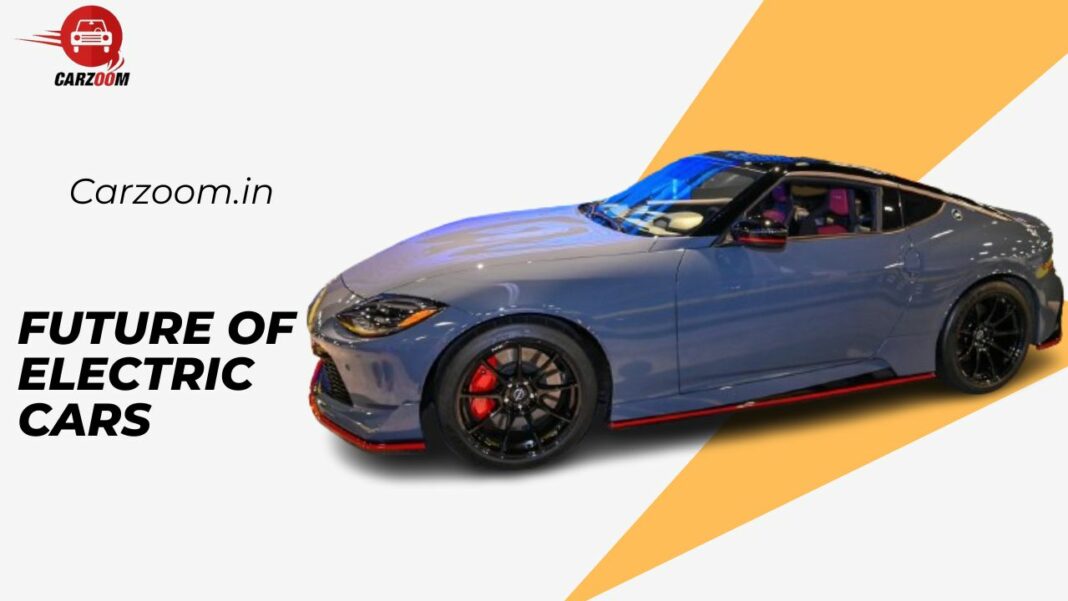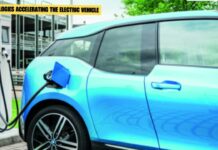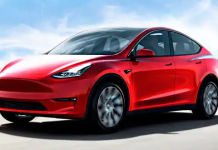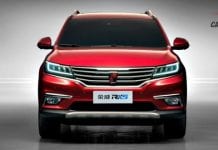The Future of EVs in 2024, according to Experts
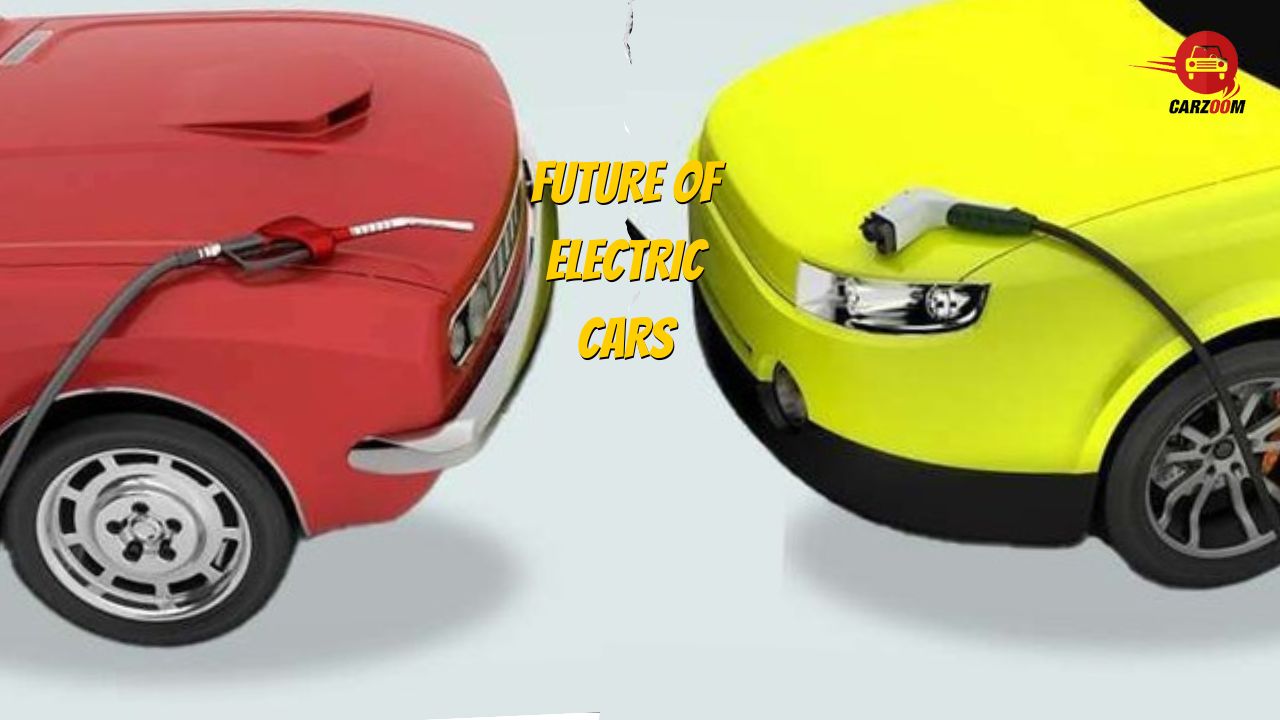 Are you curious about what the future holds for electric cars? In 2024, the world of electric vehicles (EVs) is changing a lot. Exciting new things are happening, like better batteries and cooler-looking cars.
Are you curious about what the future holds for electric cars? In 2024, the world of electric vehicles (EVs) is changing a lot. Exciting new things are happening, like better batteries and cooler-looking cars.
In this article, we’ll talk about these changes and what they mean for the future of driving. Whether you’re interested in technology, care about the environment, or just want to know what’s next for cars, we’ll give you all the details about electric cars in 2024 and beyond.
Evolution of Electric Cars
The evolution of electric cars is like a journey through time. It all started a long time ago when people first began experimenting with electricity to power vehicles. Over the years, there have been many important moments that helped electric cars become what they are today.
At first, electric cars were just a small idea, but they slowly started to grow. People worked hard to make them better, finding new ways to store energy and improve how they worked. Along the way, there were big milestones, like when the first electric cars were built, or when new technologies were invented to make them go farther on a single charge.
Today, electric cars are becoming more and more popular. They’re seen as a cleaner and more sustainable way to get around because they don’t produce pollution like traditional gas-powered cars. And with advancements in technology, electric cars are getting even better, with longer driving ranges and faster charging times.
Environmental Impact and Sustainability
 Environmental impact and sustainability are big words, but they’re really about how things affect nature and how we can make sure we’re taking care of the Earth for the future. When it comes to cars, this is really important because traditional cars that run on gas can cause pollution, which harms the environment.
Environmental impact and sustainability are big words, but they’re really about how things affect nature and how we can make sure we’re taking care of the Earth for the future. When it comes to cars, this is really important because traditional cars that run on gas can cause pollution, which harms the environment.
Electric cars are seen as a better option because they don’t produce pollution like gas cars do. They run on electricity, which can come from cleaner sources like solar or wind power. This means they don’t release harmful gases into the air, helping to keep our planet cleaner and healthier.
By using electric cars, we can reduce our impact on the environment and work towards a more sustainable future. It’s like taking a small step towards making a big difference in protecting our planet for generations to come.
Technological Advancements
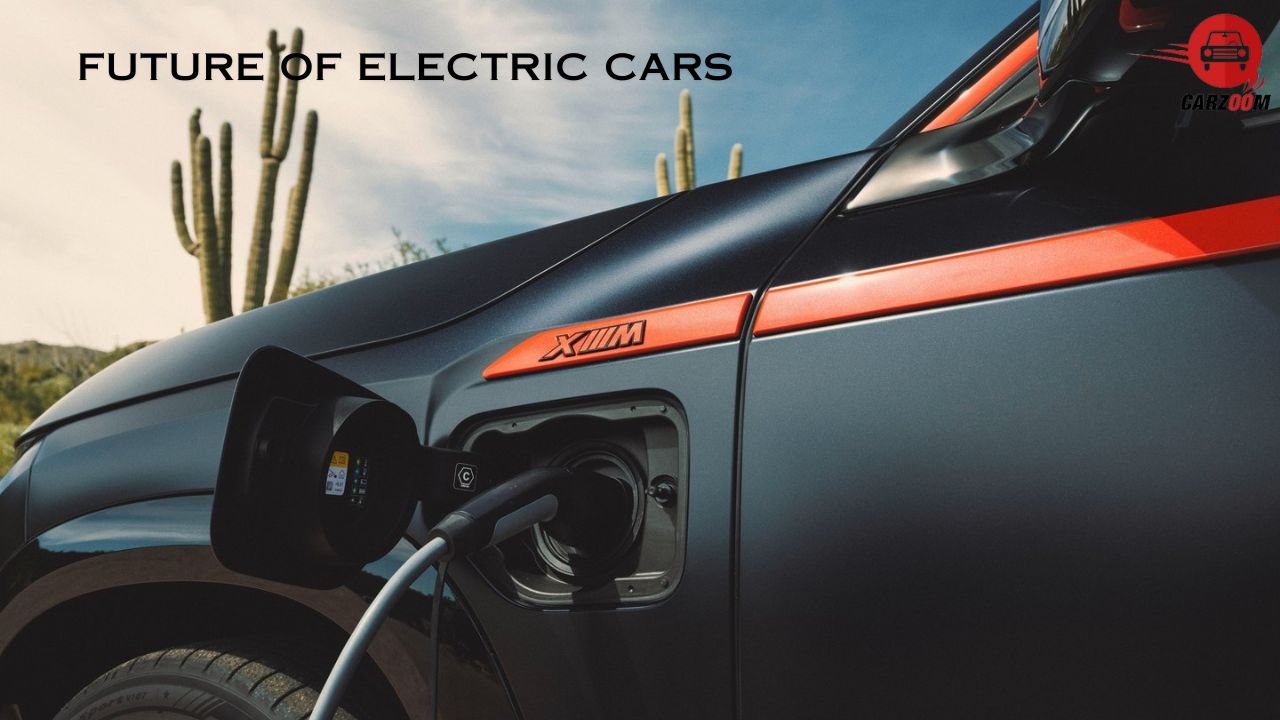 Technological advancements in electric cars are like exciting upgrades that make them even better than before. These advancements are all about finding new ways to improve how electric cars work, making them more efficient, powerful, and convenient.
Technological advancements in electric cars are like exciting upgrades that make them even better than before. These advancements are all about finding new ways to improve how electric cars work, making them more efficient, powerful, and convenient.
One big area of advancement is in the batteries that power electric cars. Engineers are working hard to develop batteries that can store more energy, so electric cars can go farther on a single charge. They’re also making batteries that charge faster, so you don’t have to wait as long to get back on the road.
Another exciting advancement is in the design and performance of electric cars. Engineers are finding ways to make them sleeker, more aerodynamic, and even faster. Some electric cars can now go from zero to sixty miles per hour in just a few seconds, giving traditional sports cars a run for their money.
Overall, these technological advancements are helping to make electric cars a more practical and appealing option for drivers. With each new innovation, electric cars are becoming more accessible and desirable, paving the way for a future where they’re the norm rather than the exception.
Market Trends and Adoption Rates
 Market trends and adoption rates for electric vehicles (EVs) are showing significant growth and promise for the future. In the first half of 2023 alone, there was a remarkable 40% increase in global EV sales compared to the previous year. This surge in sales reflects a growing interest and demand for electric cars among consumers worldwide.
Market trends and adoption rates for electric vehicles (EVs) are showing significant growth and promise for the future. In the first half of 2023 alone, there was a remarkable 40% increase in global EV sales compared to the previous year. This surge in sales reflects a growing interest and demand for electric cars among consumers worldwide.
Looking ahead, projections indicate even more impressive figures. By the year 2030, it is estimated that EVs will constitute a substantial 35 to 40% of all new car sales. This forecast demonstrates the accelerating pace of EV adoption and suggests a significant shift towards electric vehicles in the automotive industry.
These market trends and adoption rates underscore the increasing popularity and acceptance of EVs as a viable alternative to traditional gas-powered cars. As technology continues to advance and infrastructure improves, electric vehicles are poised to play a major role in shaping the future of transportation, offering environmental benefits and sustainable mobility solutions for years to come.
Government Policies and Regulations
Government policies and regulations play a crucial role in shaping the landscape of electric vehicles (EVs) and influencing their adoption. These policies are designed to encourage the transition towards cleaner and more sustainable transportation options, such as electric cars. Here’s how government interventions are impacting the EV market:
- Incentives and Subsidies: Many governments offer financial incentives and subsidies to encourage consumers to purchase electric vehicles. These incentives may include tax credits, rebates, or grants that reduce the upfront cost of buying an EV. By making electric cars more affordable, governments aim to stimulate demand and accelerate the adoption of cleaner vehicles.
- Emissions Standards: Governments around the world are implementing stricter emissions standards for vehicles to reduce air pollution and combat climate change. Electric vehicles, which produce zero tailpipe emissions, play a vital role in meeting these standards. Governments may incentivize automakers to produce more electric cars or impose penalties on vehicles that exceed emissions limits.
- Charging Infrastructure Investment: To support the widespread adoption of electric vehicles, governments are investing in the development of charging infrastructure. This includes installing public charging stations in cities, along highways, and in other convenient locations. By expanding the charging network, governments aim to alleviate range anxiety and improve the overall accessibility of electric cars.
- Mandates and Targets: Some governments set targets and mandates for automakers to produce a certain percentage of electric vehicles within their vehicle fleets. These mandates incentivize automakers to invest in electric vehicle technology and ramp up production to meet regulatory requirements. Additionally, governments may set targets for phasing out the sale of new internal combustion engine vehicles altogether, further driving the transition towards electric mobility.
- Research and Development Funding: Governments may allocate funding for research and development initiatives aimed at advancing electric vehicle technology. This funding supports innovation in areas such as battery technology, charging infrastructure, and vehicle design, helping to overcome technological barriers and accelerate the transition to electric mobility.
Overall, government policies and regulations play a pivotal role in shaping the EV market by incentivizing consumers, supporting infrastructure development, and driving innovation. As governments continue to prioritize sustainability and decarbonization efforts, electric vehicles are expected to play an increasingly prominent role in the future of transportation.
Charging Infrastructure Development
| Aspect | Explanation |
| Charging Infrastructure Development | Charging infrastructure development refers to the process of building and expanding networks of charging stations to support electric vehicles (EVs). This includes installing charging stations in various locations such as public parking lots, highways, commercial areas, and residential neighborhoods. |
| Expansion of Charging Networks | The expansion of charging networks involves increasing the number and accessibility of charging stations to meet the growing demand for EVs. This may include deploying fast-charging stations for quick recharging, installing Level 2 chargers for overnight charging at homes and workplaces, and establishing DC fast charging along major transportation routes. |
| Challenges in Building Infrastructure | Building a robust charging infrastructure faces several challenges, including high upfront costs, permitting and zoning regulations, limited availability of suitable locations, grid capacity constraints, interoperability issues, and uncertainties regarding future technological advancements. |
| Opportunities in Building Infrastructure | Despite the challenges, building a robust charging infrastructure presents significant opportunities. This includes creating jobs in the construction, maintenance, and operation of charging stations, fostering innovation in charging technology, supporting local economies through increased tourism and spending at charging locations, and reducing greenhouse gas emissions by facilitating the widespread adoption of EVs. |
Future Outlook and Predictions for Electric Cars
 Projections for the future of electric cars beyond 2024 indicate continued growth and innovation in the electric vehicle (EV) market. As technology advances and consumer demand increases, EVs are expected to become even more widespread and mainstream in the coming years.
Projections for the future of electric cars beyond 2024 indicate continued growth and innovation in the electric vehicle (EV) market. As technology advances and consumer demand increases, EVs are expected to become even more widespread and mainstream in the coming years.
- Potential advancements and trends shaping the electric vehicle landscape include:
- Improved Battery Technology: Advances in battery technology are expected to result in batteries that offer longer driving ranges, faster charging times, and reduced costs. This will make EVs more practical and affordable for a wider range of consumers.
- Increased Vehicle Variety: Automakers are likely to introduce more electric vehicle models across various segments, including sedans, SUVs, trucks, and even luxury vehicles. This will provide consumers with more choices and options when considering an electric vehicle.
- Infrastructure Expansion: The charging infrastructure for electric vehicles is expected to continue expanding, with more charging stations installed in public locations, workplaces, and residential areas. This will help alleviate range anxiety and encourage more people to switch to electric vehicles.
- Autonomous Driving Features: Electric vehicles are likely to incorporate more autonomous driving features, such as advanced driver-assistance systems (ADAS) and self-parking capabilities. These features will enhance safety and convenience for EV drivers.
- Integration with Renewable Energy: Electric vehicles will increasingly be powered by renewable energy sources, such as solar and wind power. This will further reduce the environmental impact of transportation and promote sustainability.
Overall, the future of electric cars looks promising, with continued advancements in technology, infrastructure, and consumer acceptance driving the widespread adoption of electric vehicles as a cleaner and more sustainable mode of transportation.
Conclusion
The future of electric cars appears to be bright and promising. With projections indicating continued growth and innovation beyond 2024, electric vehicles (EVs) are poised to play a significant role in shaping the future of transportation. As technology advances and consumer demand increases, EVs are expected to become more widespread, accessible, and mainstream.
Key trends and advancements, such as improvements in battery technology, increased vehicle variety, infrastructure expansion, integration with renewable energy, and the incorporation of autonomous driving features, are all expected to contribute to the continued success and adoption of electric vehicles.
Furthermore, the transition to electric mobility offers numerous benefits, including reduced greenhouse gas emissions, improved air quality, and enhanced energy security. By embracing electric cars, we can work towards a cleaner, greener, and more sustainable future for generations to come.
How much did you like Our detailed The Future of Electric Cars: Trends and Innovations in 2024″”? Review Also, please share these Blogs with your friends on social media.
Recommended



